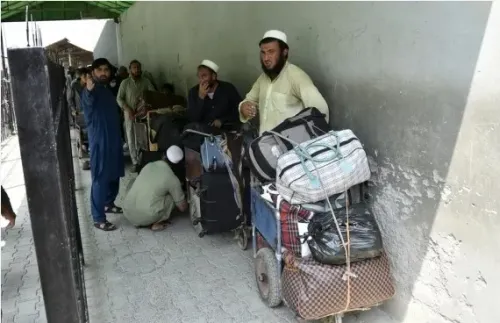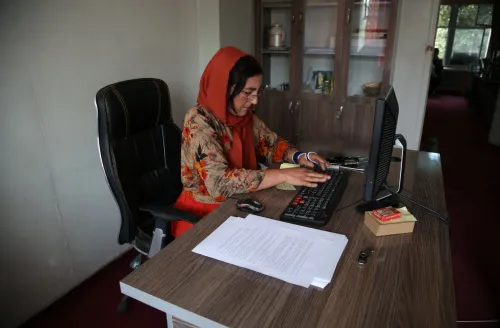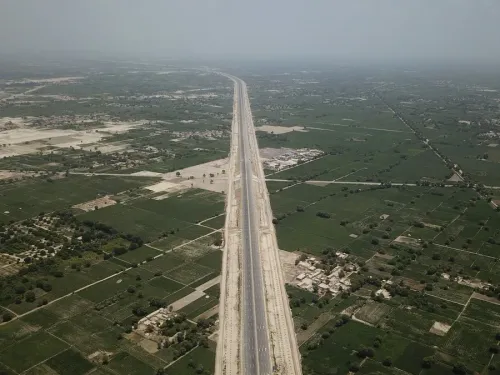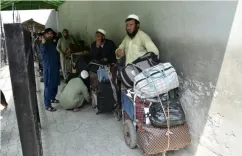Is the UN's Humanitarian Scale-up in Gaza Truly Underway?
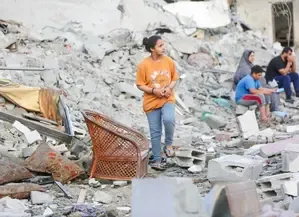
Synopsis
Key Takeaways
- The UN's humanitarian scale-up is in progress.
- Cooking gas has entered Gaza for the first time since March.
- Over 190,000 metric tonnes of aid has been approved.
- Plans involve reaching millions in need with food and medical supplies.
- The ceasefire is crucial for facilitating humanitarian access.
United Nations, October 13 (NationPress) The humanitarian scale-up by the UN in the Gaza Strip is actively progressing, as cooking gas has entered Gaza for the first time since March, according to the United Nations Office for the Coordination of Humanitarian Affairs (OCHA).
Throughout Sunday, additional tents for families displaced by the conflict, frozen meat, fresh fruits, flour, and medicines made their way into Gaza, as reported in a press release by OCHA.
The United Nations and its partners have provided hundreds of thousands of hot meals and bread bundles to both northern and southern regions of Gaza, the office stated.
OCHA has obtained Israeli approval for more aid to proceed, increasing the amount in its approved pipeline to 190,000 metric tonnes, encompassing food, shelter items, medical supplies, and other essential resources, as reported by the Xinhua news agency.
"This is merely the initial phase," the office expressed, noting that under its plan for the first 60 days of the ceasefire in Gaza, the United Nations and its partners intend to broaden the scale and scope of operations to deliver life-saving aid and services to nearly all residents of Gaza.
During a press briefing on Thursday, UN Under-Secretary-General for Humanitarian Affairs and Emergency Relief Coordinator Tom Fletcher stated that in the initial 60 days of the ceasefire, humanitarian efforts aim to boost the supply pipeline to hundreds of trucks daily, with a goal of delivering 170,000 metric tonnes of food, medicine, and other supplies.
He emphasized that the United Nations plans to enhance food distribution across Gaza, aiming to assist 2.1 million individuals in need of food aid and approximately 500,000 people requiring nutritional support; restore the healthcare system, including the reestablishment of community-level disease monitoring; provide water and sanitation services to 1.4 million people; significantly increase shelter availability; and reopen temporary educational facilities to engage 700,000 children of school age.
The ceasefire agreement between Israel and Hamas took effect on Friday, following three days of intense negotiations in Sharm el-Sheikh, Egypt, mediated by Egypt, Qatar, Turkey, and the United States.


